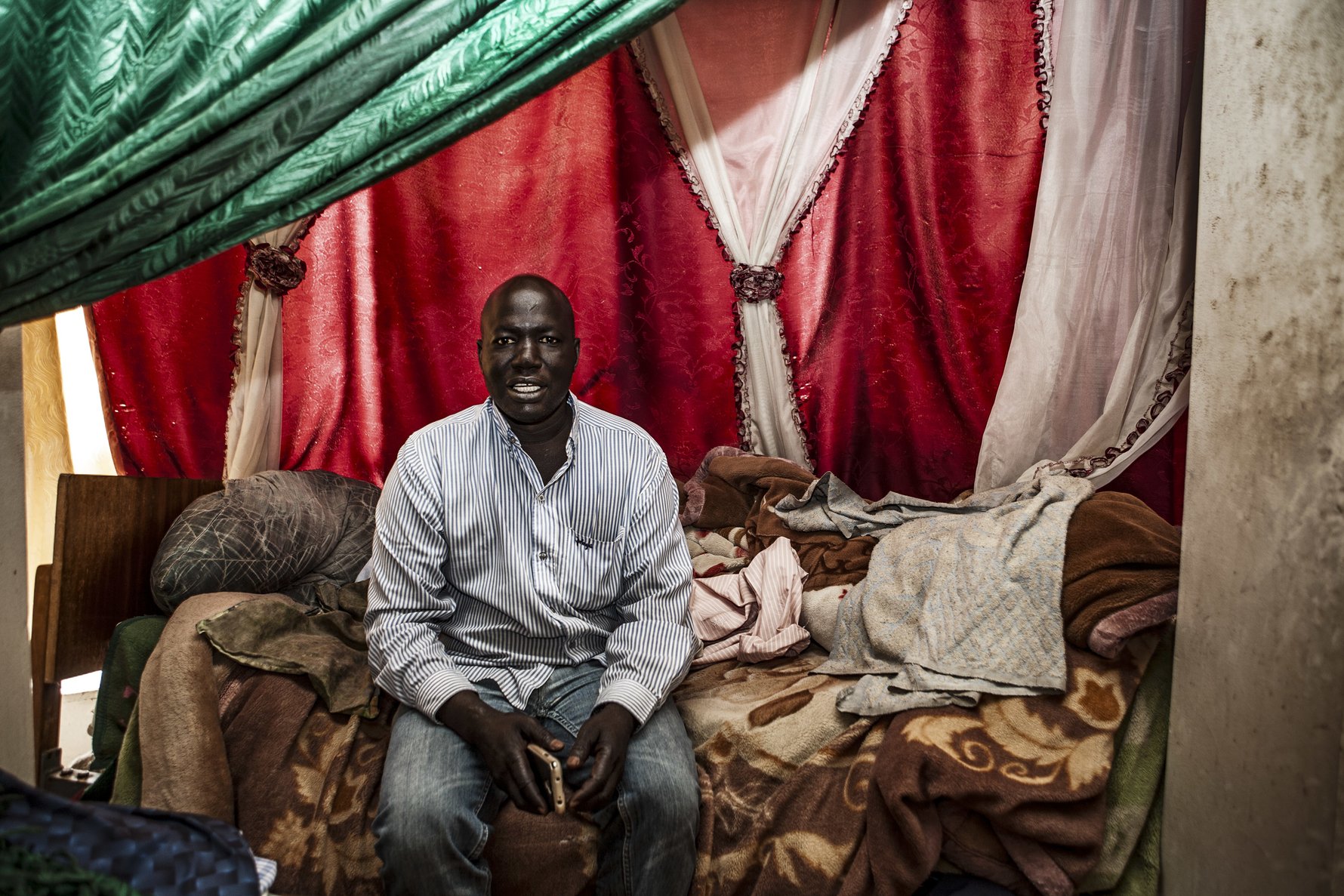
Wake Up, This Is Joburg, published by Duke University Press, brings all the parts together and is an essential read for those visiting the city for the first time or those looking to deepen their understanding of it. From stall owners at Rockey Street Market and taxi drivers at Zola to backyard tinkerers and zama zamas (a term for informal miners, it is an isiZulu expression meaning “those who keep trying”), the different characters in Wake Up, This is Joburg highlight the ways in which people make a living in the city and how it is through their hopes, dreams and ideas of the city that the space around them is shaped, rather than by large-scale top-down changes.
When reading Wake Up, This is Joburg the vastness and multiplicity of Johannesburg becomes apparent. The unknown is never more than a block away. While reading about the city is one way to get a grasp on Johannesburg’s nature, the only way to truly get a sense of it is through visiting and exploring the different corners of Joburg. And so we’ve made an itinerary of the spots mentioned in Wake Up, This is Joburg. It is not an exhaustive list and a single visit is hardly enough to get to know a place but through the eyes of Tanya Zack and Mark Lewis, this suggested journey does take you beneath Joburg’s surface and give new ways to experience the inner city.
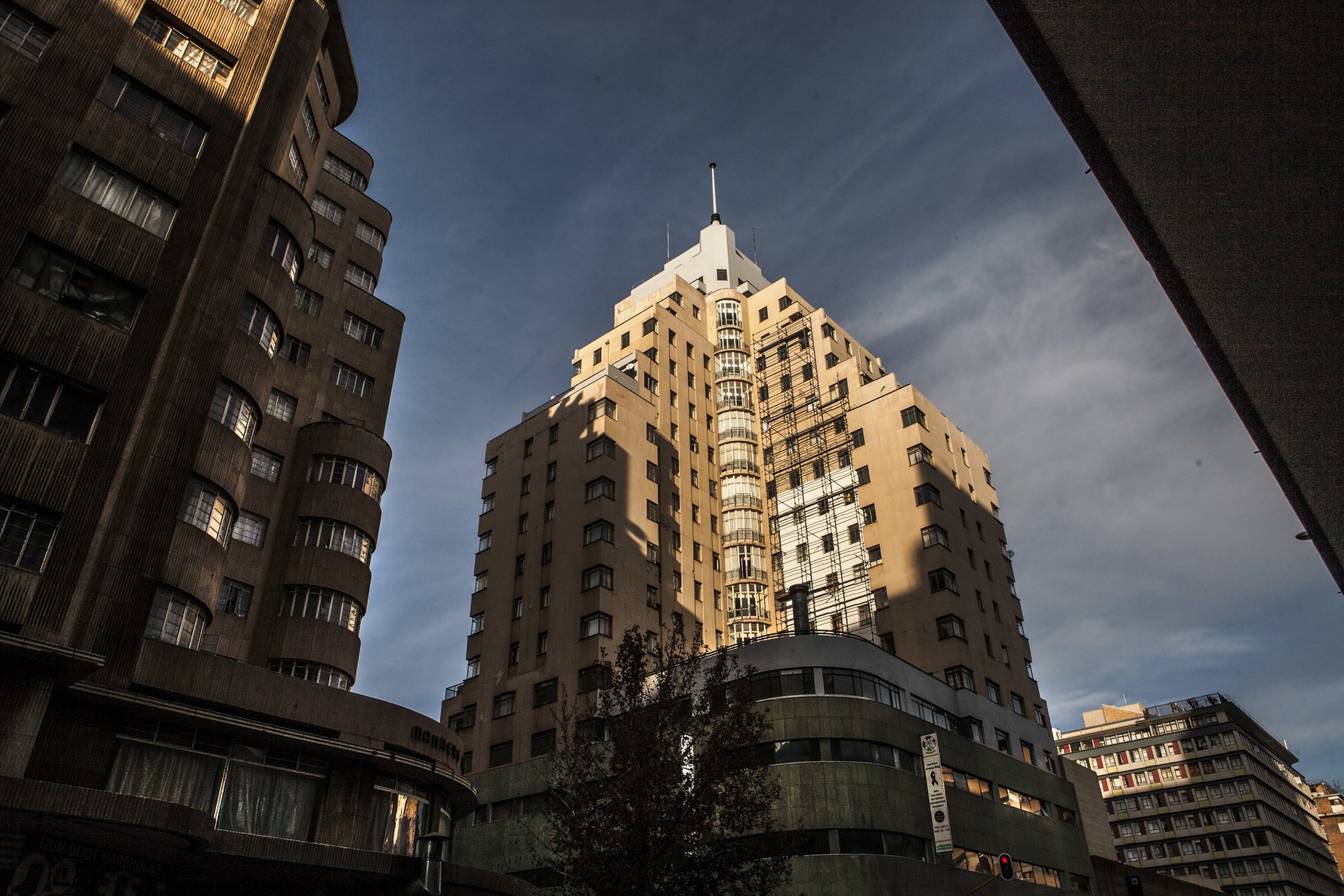
City Centre
The flight of capital from Joburg’s original CBD to Sandton no doubt hit the area hard but what the books shows is how people have filled in the gaps and found new opportunities in its clustered concrete streets. One such building highlighting this is the art-deco apartment block Anstey’s (once home to one of the fanciest Joburg department stores), where the residents are a mix of entrepreneurs, lawyers, artists and teachers and their close-knit community has meant that this grand building has not fallen into disrepair. We’d recommend taking a trip there to see this architectural landmark and if its burnished copper embellishments get you feeling inspired then head to Asisebenze Art Atelier Studios which hosts a wide range of artists who are as dynamic as the city in which they are based.Hillbrow
Older generations in Johannesburg are prone to reminiscing about what Hillbrow once was, remembering Parisian cafes, glorious nightlife and how easily walkable the place was. Since then Hillbrow has changed dramatically as its wealthier residents moved north to the suburbs. Now in a state of neglect, with crime and poverty bedevilling the neighbourhood, the story Bedroom captures how ordinary people have to fight to get by in Hillbrow. This does not mean it is without its charms and attractions. The best way to see all Hillbrow has to offer is through one of Dlala Nje’s tours. A not-for-profit, Dlala Nje have been running a kids’ programme at Ponte as well as other initiatives to bring more opportunities into Hillbrow and their tours help support this work. Visit for a sundowner. Few places get a better view of the city below and it's one way to ensure a memorable night.Doornfontein
The inner-city suburb of Doornfontein has seen many changes since it was first declared a public digging site in 1886. Initially home to some of Joburg’s mining magnates before they moved to Parktown, Doornfontein then became one of the largest settlements of Jewish immigrants. It is now most well known for Ellis Park with people flocking there in droves whenever the Springboks come to town. The stadium sits between high-density housing with innovative backyard attachments and rooms. Around Doornfontein is also home to an enclave of artists at August House where both emerging and established artists hold studios. Keep an eye out for their open studios to get to see what the artists are working on and find out what inspires and drives them.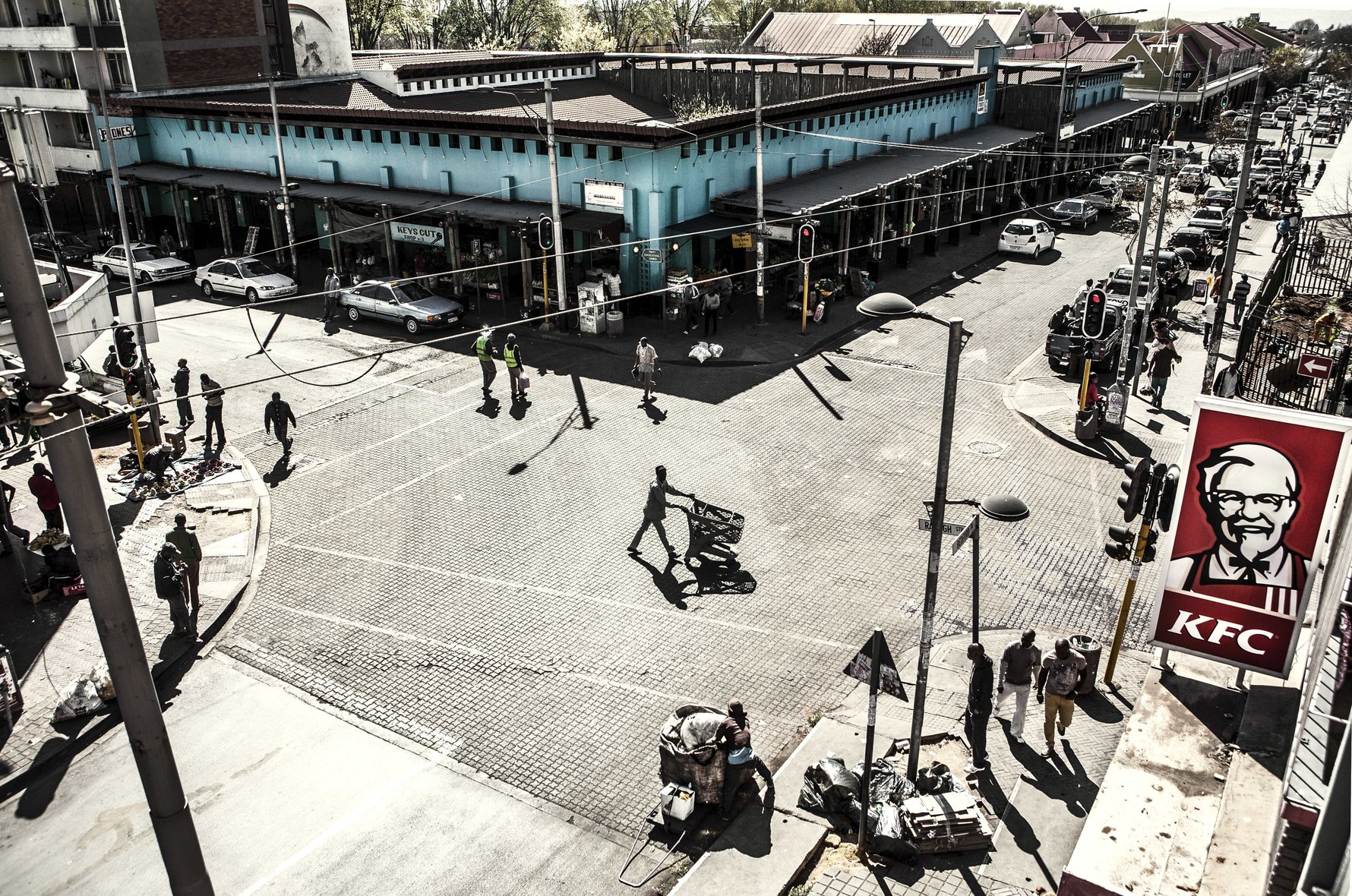
Yeoville
The neighbourhood of Yeoville is indicative of how Joburg is a congregation point for people from across sub-Saharan Africa. The Rockey Street Market is where all these connections come together and if you’re looking for ingredients from across the border you’ll be sure to find it at one of the stalls here. Bring along your clothes and shoes to make use of the services of the many tailors and cobblers who call it home. If you’re wanting to pay the market a visit we recommend going with a local. Contact Sanza from Yeoville Dinner Club and have a meal with him. He is the perfect guide.Forest Town
A familiar sound of Joburg’s mornings is the clack-clack of reclaimers’ trolleys breaking up the screeches of hadedas. Zack and Lewis followed a few of the reclaimers' routes and chart their daily travels in Chapter 5, Good riddance. A visit to the dump isn’t exactly what we have in mind when telling people to see the city. But early mornings on Jan Smuts are characterised by the sloped backs of reclaimers pulling bags of plastic up the hill. They pass two of Joburg’s most engaging museums, the Johannesburg Contemporary Art Foundation and the Johannesburg Holocaust and Genocide Centre. The former runs carefully researched and curated exhibitions of art from the Southern Hemisphere and their private tours (free of charge) offer new ways to engage with art. JHGC has two permanent exhibits dealing with the legacy of the holocaust as well as the Rwandan genocide and these combined with their regular schedule of programming and temporary exhibitions are aimed at increasing awareness of the patterns and mistakes which lead to such atrocious crimes.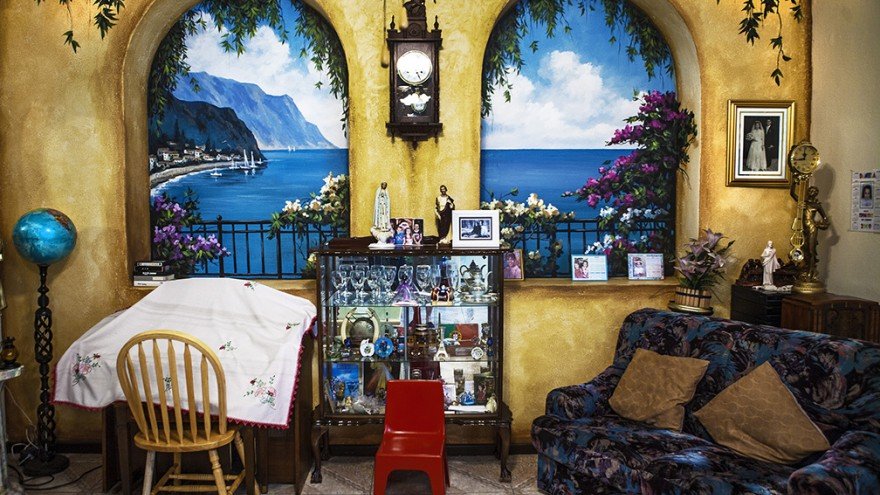
Turffontein
Located just south of the city, Turffontein is home to a number of eclectic houses. In Wake Up, This is Joburg, Zack and Lewis focus on the home of Tony which has been taken over by his scrap sculptures and inventions. A Portuguese-South African, we thought the best way to get a sense of Tony’s Joburg was through food and Restaurante Parreirinha is just about one of the best places to go to for tender, spiced chicken, prawns and other Portugese delicacies. If you’d like to flutter some cash, or simply spend your day a bit differently, Turrfontein Racecouse is one of Joburg’s oldest racecourses with a magnificent view of the city to boot.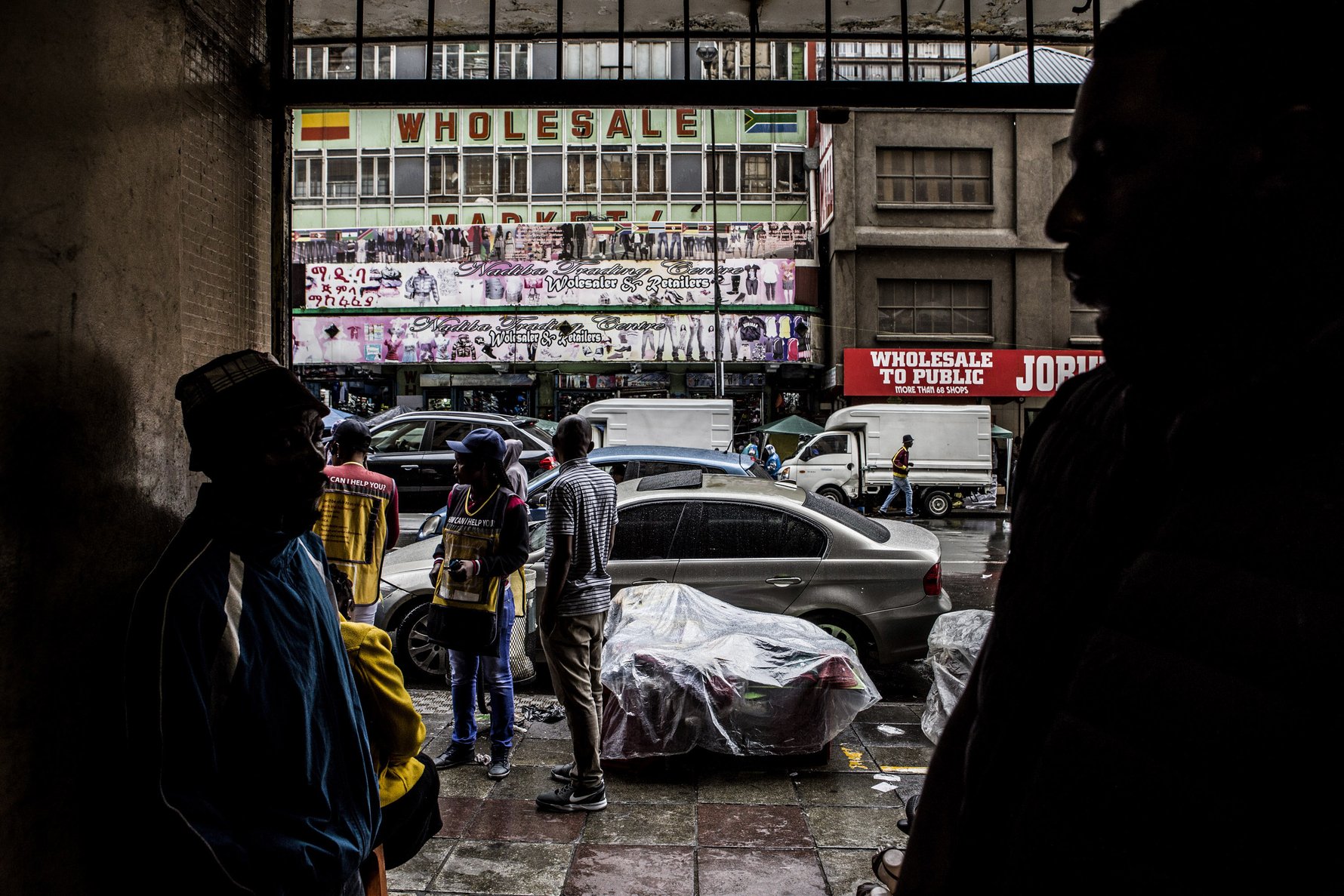
Jeppe St
“So I’m shopping and selling and shopping and selling” (Lucy Chakale, Wake Up This is Joburg, pg. 277). This captures the spirit of Jeppe Street, and indeed Johannesburg. Stores are packed inside the building and frequently spill out onto the street with their wares and as the day progresses it thrums with people searching for a deal. A visit to these dunusa markets is an excellent way to find some unique items for your wardrobe but it is also worth going to them to see their scale. Zack and Lewis estimate a movement of 10 billion rand a year at these markets, the equivalent of two Sandton City’s. The area is also home to a large part of Joburg’s Ethiopian community and if you haven’t already done so, you need to make sure to try out some injera. Click here to find out where you can eat Ethiopian food in Joburg.Zola
The focus of Chapter 4 is Zola, a waiting zone for taxi drivers beneath the M2. As you read the chapter, hunger slowly creeps in as the sounds and smells of the shisa nyama stands waft through the pages. Shisa nyama is isiZulu for ‘burnt meat’ and as the weekend draws near the smells of meat smoking over a metal grille permeate Joburg’s air. You would be remiss not to try what is a Joburg staple, and we’ve picked some of the best spots to try it. For one of Joburgs more memorable market experiences head to Kwa Mai Mai for your plate of meat or alternatively speed up the wait while your car gets washed at E' Socialink Shisa Nyama and Car Wash, if you’d prefer a more traditional dining experience Imbizo Shisa Nyama, or the Busy Corner, is the place to go.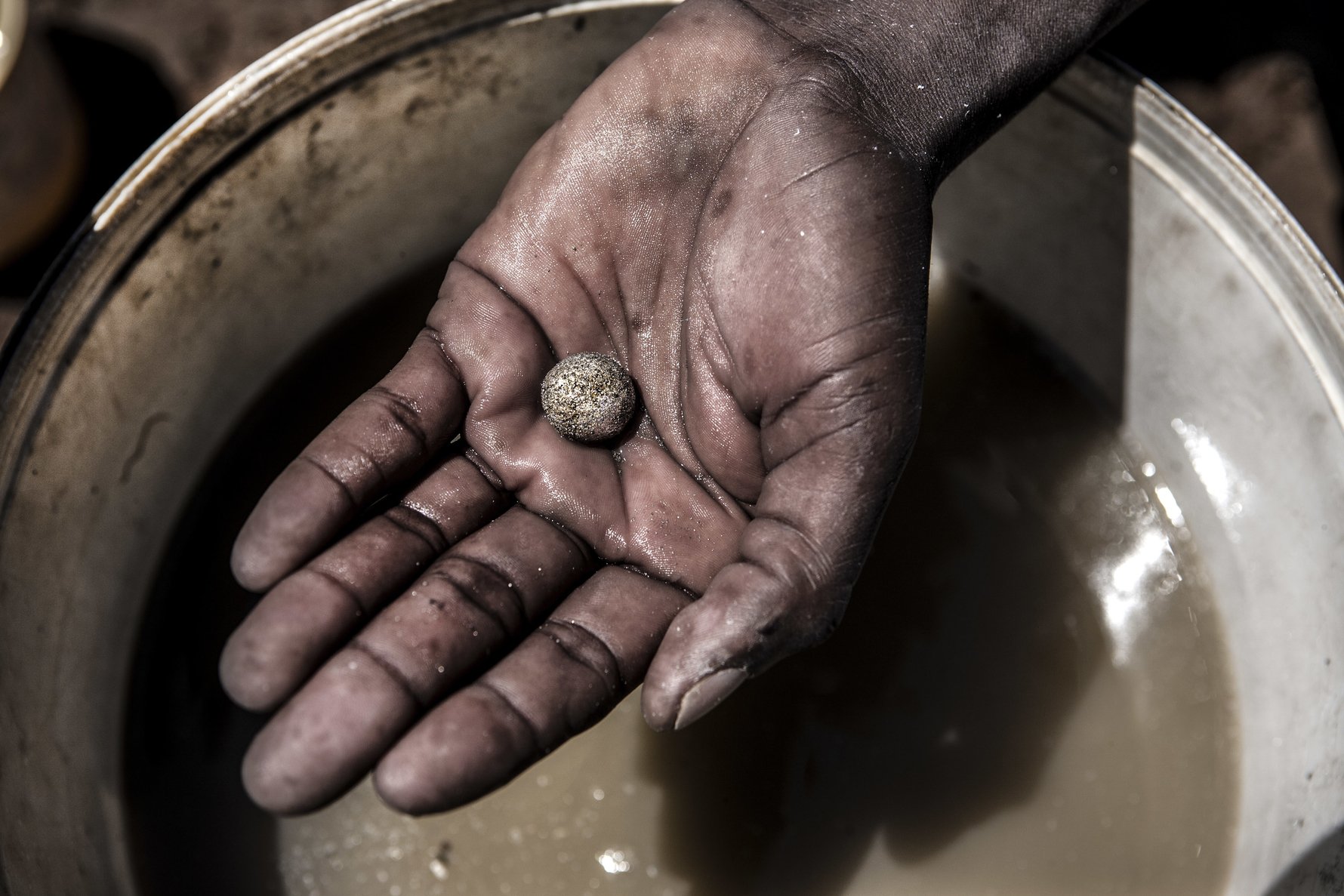
Crown mines/mining
Joburg became famous for its gold, and the red yellow dunes dotting its landscape serve as reminders of its history of wealth and exploitation. A lot of the older mines have been closed down, but this does not mean they are not active with zama zamas heading underground in search of gold. They form the focus of the final chapter of Wake Up, This is Joburg and it shows how the lure of gold is still a powerful one. To delve into the history of Joburg’s mines we recommend exploring the Main Street Mining District or going to Gold Reef City for their Jozi’s Story of Gold tour to chart the gold rush.Hear the authors in discussion with Bronwyn Law-Viljoen at the Wake Up, This is Joburg book launch on Wed, Mar 8 at Love Books.


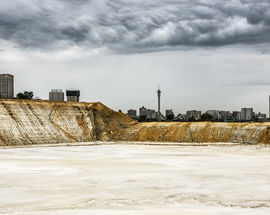
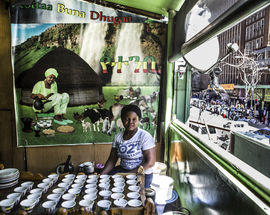
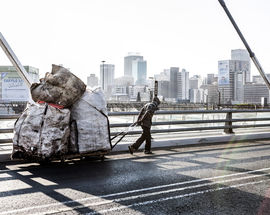


Comments